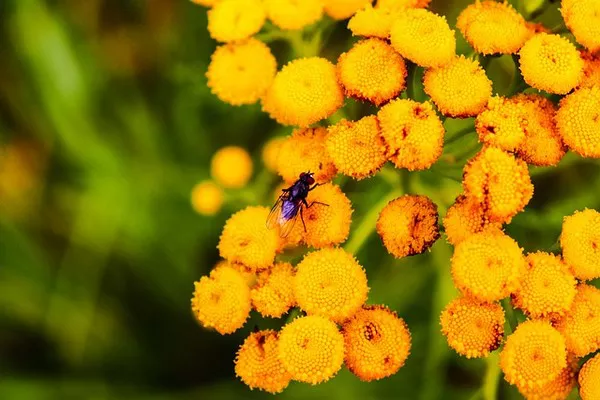Researchers from the University of Massachusetts Amherst have released a pair of groundbreaking papers offering comprehensive insights into the anticipated reactions of 144 common invasive plant species to a 2°C increase in temperature in the eastern U.S. The studies, published in Diversity and Distributions and BioScience, also delve into the significant role that garden centers play in shaping future invasions.
Led by Professor Bethany Bradley, the senior author of both papers, the research aims to provide invasive species managers with crucial tools to proactively coordinate management efforts and prepare for the challenges posed by a warmer climate.
Mapping Future Abundance: A Critical Step in Proactive Management
Determining when and where a non-native species becomes invasive is a key challenge for invasive plant managers. The research team utilized 14 invasive species databases, compiled by natural resource managers, to identify currently abundant species and their geographic hotspots in the eastern U.S. The Great Lakes, mid-Atlantic, and northeastern coasts of Florida and Georgia emerged as current hotspots.
By running predictive models under a 2°C warming scenario, the researchers found that most species are expected to shift northeast by an average of 213 kilometers. This shift may make currently unsuitable areas conducive to infestations by up to 21 new plant species in some states. However, 62% of currently abundant invasive species are projected to see a decrease in habitat for large populations.
The team created publicly available range maps for individual species, providing a user-friendly tool for plant managers to prioritize their efforts and establish state-specific watch lists.
Plant Nurseries: A Significant Pathway for Invasive Species Spread
The second paper, led by Evelyn M. Beaury, focused on the role of commercial nurseries in seeding future invasions. The study found that more than 80% of the studied species are currently at risk of spreading through nurseries. Nurseries, which sell hundreds of different invasives, were identified as the primary pathway for invasive plant introduction.
The research revealed that 55% of invasive species were sold within 21 kilometers of observed invasions—the typical distance people travel to buy landscaping plants. This underscores the potential unwitting contribution of everyday gardeners to invasion and ecological harm.
However, the study also brings hope by providing real numbers that highlight the connection between plant nursery sales and invasive species spread. The researchers advocate for proactive collaboration between the industry, consumers, and plant managers to address the impact of gardens on U.S. ecosystems.
Additionally, a publicly available list of 24 commonly sold invasive plants, with an increased risk of spreading due to climate change, has been compiled, offering native alternatives for environmentally conscious gardening.
Professor Bradley emphasized the importance of these findings, stating, “These papers, maps, and watchlists provide important new tools in invasive plant managers’ toolboxes, allowing us to pinpoint which species are most worrisome now and in the coming decades.”


